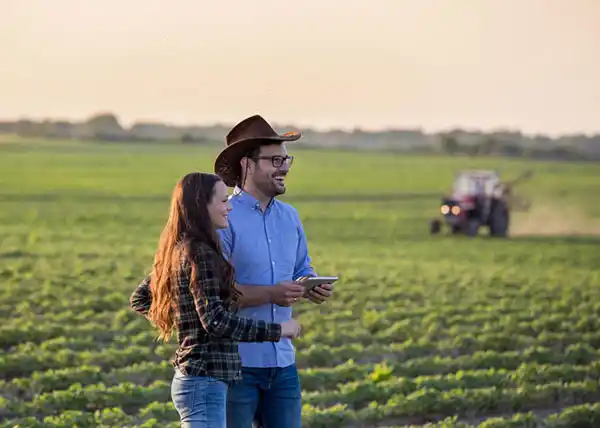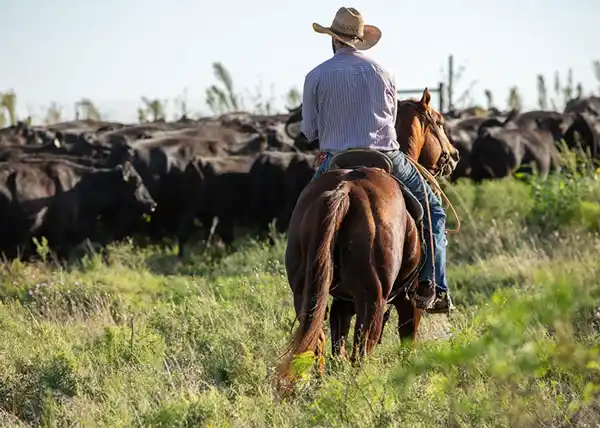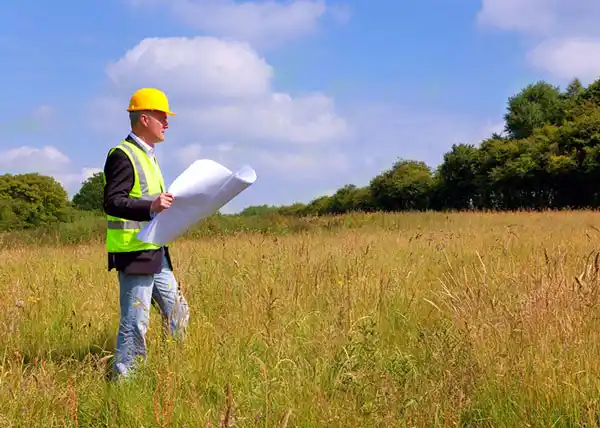Recommended Blogs:
Foreign Investments Into American Farmland
While that is a small number overall, making up 2.7% of farmland in the U.S., the number grows each year, begging the question of how much American soil is too much for foreigners[..]
Read More
Billionaire Land Acquisition
Savvy Billionaires have been buying up large swaths of American land for generations. More recently, billionaires like John Malone, Ted Turner, Jeff Bezos, and Bill Gates[..]
Read More
American land offers us a unique opportunity to not only become landowners but also offers a way for investors to become wealthy. For centuries American land has been used to create millionaires and billionaires alike. At RADD America we focus on the acquisition and operations of the four major investment types of land: farmland, ranch land, timberland, and raw land development. Each of these land types offers investors a way to diversify their portfolios while also protecting their assets against inflation and bear markets.
Farmland - There Are Four Significant Applications To Profit From

- Using the land to grow crops
- Selling when natural appreciation occurs
- Leasing the land to other farmers
- Or ventures outside of traditional farming
Of course, what specific crops farms grow largely depends on your geographical location and expertise. At RADD America, we pursue all four profit applications outlined above.
For example, our current Idaho farm went from generating $40,000 annually when we purchased it in 2020 to a projected $1.2M in 2022.
Zooming out, from an investment standpoint, according to the USDA, farmland generally returns an average annual return of about 11.5%. On average, farmland has typically earned an appreciated gain of 4.4% year-over-year for the last 25 years. (source: USDA)
Ranch Land - Ranching Became A Commercial Business In 1867.

After a savvy investor and livestock trader named Joesph McCoy (the name behind the saying “The real McCoy”) saw an opportunity to streamline cattle distribution to the east coast. His efforts are responsible for some of the old west’s most powerful stories of wealth.
McCoy was the first investor and businessman to establish a “Cow Town” in what is now Abilene, Texas. Using Abilene as the central hub for cattle owners to drive their cattle to market. See, Abilene had a rail station that allowed McCoy to ship large amounts of cattle to Chicago for further distribution to the eastern states. Setting the beginnings of the cattle industry as we know it today.
Still, many people don’t know the difference between a farm and a ranch. But it’s actually pretty simple. Farms are generally all about crops, and ranches are about livestock and pasture land.
Yes, some farms have livestock, and some ranches have farmland, but this usually is to help generate additional revenue streams or lower the operational overhead. On the other hand, ranches typically focus on cattle because America eats an estimated 18.15 billion pounds of beef, or about 54-58 lbs per person, yearly.
From an investment standpoint, Ranch land is tracked and offers the same returns as farmland, averaging an annual rate of about 11.5%, according to the USDA.
Timber Land - The adage that money doesn’t grow on trees is a bit of a misnomer.

Another land investment option is timberland - though it can be a longer-term growth investment depending on the type of timberland you purchase.
See, trees gain value as they grow, and finding land with many trees on the cusp of becoming “sawlog class timber” is generally the sweet spot.
Sawlogs are trees ready for harvesting and can be turned into lumber, poles, blocks, and other construction or infrastructure building materials.
Each of these lumber types has specific criteria that must be met before and even after they are cut (reforestation effort). Various national and state government agencies like the U.S. Forest Service and the Bureau of Land Management (BLM) set these regulations and restrictions designed to prevent things like deforestation that could be more harmful to the industry and our economy in the long run.
Timberland is a great asset to help preserve and grow your wealth. For starters, the asset is not correlated with stocks. Timberland can also produce reliable income streams, and after some time, timberland investments can also produce significant capital gains.
For example, the value of timberland – measured by the NCREIF Timberland Index – had an average return of 11.82%.
Raw Land Development - is the process of taking raw land and developing it for commercial, agricultural, and residential use.

This generally means clearing the land and establishing utilities and roadways to access the properties.
A typical land development strategy is buying many acres of land and turning a single piece into multiple residential, agricultural, or commercial lots. These lots are then sold so investors and construction companies alike can build on them and sell them to the appropriate market.
There is the option of doing the entire project from clearing to construction to selling, but that requires a longer-term investment and generally large amounts of cash flow.
Returns typically vary by market, but generally, you can expect to see between 10% and 15% returns; however, some investors have seen returns exceeding 20+%.
Each of these land classes offers investors ample opportunity to diversify their portfolios into an asset class with steady growth and appreciation. With the steady returns that land offers, it’s no wonder that billionaires are gobbling up American land hand-over-fist.



